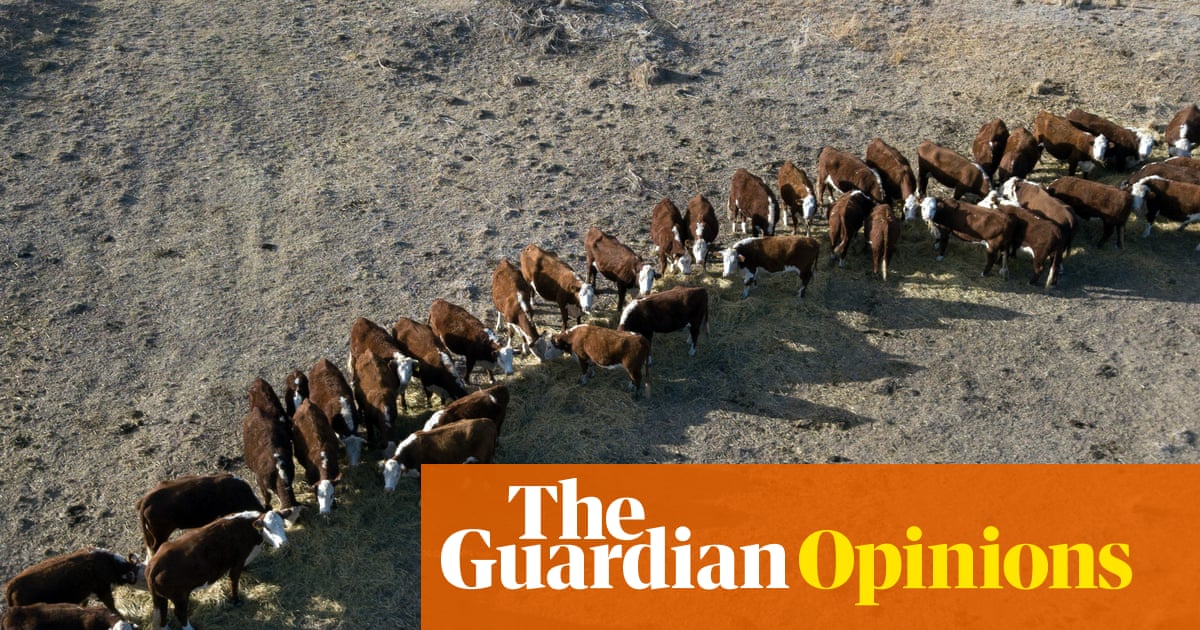How often do you mow your lawn in winter? It may seem like an odd way to start a conversation about drought, but the answer helps explain why our current drought has not broken, despite recent rain – and why spring lamb may be more expensive this year.
Southern Australia has been short of rain for 16 months. Western Victoria, the agricultural regions ofSouth Australia(including Adelaide) and even parts of western Tasmania are suffering record dry conditions. Those rainfall measurements began in 1900 – 126 years ago.
Fewer and less intense rain-bearing weather systems have been crossing the southern coastline since February 2024 compared with normal. Put simply: the landhas not received enough big dumps of rain.
But June has finally brought rain to some drought-affected regions; there’s even an emerald green tinge to the fields in certain agricultural areas. But it’s nowtoo cold for plants to really grow fast, meaning farmers will be carting hay and buying extra feed for livestock until the weather warms in spring.
This month,some areas received good rainfall, including places near Melbourne and, to a lesser degree, Adelaide. City people may be forgiven for thinking the drought has broken and farmers are rejoicing. But drought is not that simple.
Unfortunately, the rainfall was inconsistent, especially farther inland. The coastal deluge in parts of southern Australia in early June didn’t extend far north. Traditionally, the start of the winter crop-growing season is marked by25mm of rain over three days– a so-called “autumn break”. But many areas didn’t receive the break this year.
The lack of rain (meteorological drought) compounded the lack of water in the soil for crops and pasture (agricultural drought). Parts of Western Australia, SA, Victoria, Tasmania and southern New South Wales hadlittle moisture left in their soils. So some rain is quicklysoaked upas it drains into deeper soils.
To make matters worse,autumn was the warmest on recordfor southern Australia, after its second-warmest summer on record. This can increase the“thirst” of the atmosphere, meaning any water on the surface is more likely to evaporate. Recent thirsty droughts, such as the2017–2019 Tinderbox Drought in NSW, were particularly hard-hitting.
Some areas may have experienced “flash drought”, when the landscape and vegetation dry up far quicker than you would expect from the lack of rain alone. By May, areas of significantly elevatedevaporative stresswere present insouth-eastern SA, Victoria, southern NSW and northern Tasmania.
Inlate Mayand early June – and again this week – there have beenwinter dust stormsin SA. Such dust storms are a bad sign of how dry the ground has become.
Some regions no longer have enough water to fill rivers and dams (hydrological drought).Water restrictionshave been introduced in parts of south-west Victoria andTasmania. The bureau’sstreamflow forecastdoes not look promising.
Remember that lawnmowing analogy? The winter chill has already set in across the south. This means it’s simply too cold for any vigorous new grass growth and is why you are not mowing your lawn very often at the moment.
Cool temperatures, rather than just low rainfall, also limit pasture growth. While from a distance the rain has added an emerald sheen to some of the landscape, it’s often just a green tinge. Up close, it’s clear there is very limited new growth; rather than abundant and vigorous new shoots, there’s just a little bit of green returning to surviving grasses. This means very limited feed for livestock and, to make matters worse, sometimes the green comes frombetter-adapted winter weeds.
There will be a lot of hay carting, regardless of rainfall, until spring, when the soils start to warm up once again and new growth returns. This all adds up to fewer stock kept in paddocks or a big extra cost in time and money for farmers – and, ultimately, a more expensive spring lamb barbecue.
Southern Australia (southern WA, SA, Tasmania, Victoria and southern NSW) used to experience almost weekly rain events in autumn and early winter; cold fronts and deep low-pressure systems rolling in from the westbrought the bulk of the rainfall.
Now there is a far more sporadic pattern in these regions. Rainfall in the April to October crop and pasture growing season has declined by approximately10% to 20% sincethe middle of last century. The strongest drying trend is evident during the crucial monthsbetween April and July.
Further reductions in southern growing season rainfall are expected by the end of this century, especially in south-western Australia. South-eastern regions, includingsouthern Victoria, parts of SA and northern Tasmania,also show a consistent drying trend, with a greater time spent in drought every decade.
Drought is complex. Just because it’s raining doesn’t always mean it has rained enough, or at the right time, or in the right place. To make matters worse, a green drought can even deceive us into thinking everything is fine.
Breaking the meteorological drought will requireconsistent rainfall over several months. Breaking the agricultural drought will also require more warmth in the soils. Outlooks suggest we may have towait for spring.
Andrew B. Watkins is an associate research scientist at the school of Earth, atmosphere and environment at Monash University
Allie Gallant is an associate professor at the Australian Research Centre of excellent for weather of the 21st century at Monash University
Pallavi Goswami is a postdoctoral research fellow in atmospheric science at Monash University
This article includes scientific contributions fromDavid JonesandPandora Hopefrom the Australian Bureau of Meteorology.
This article was originally published inthe Conversation
